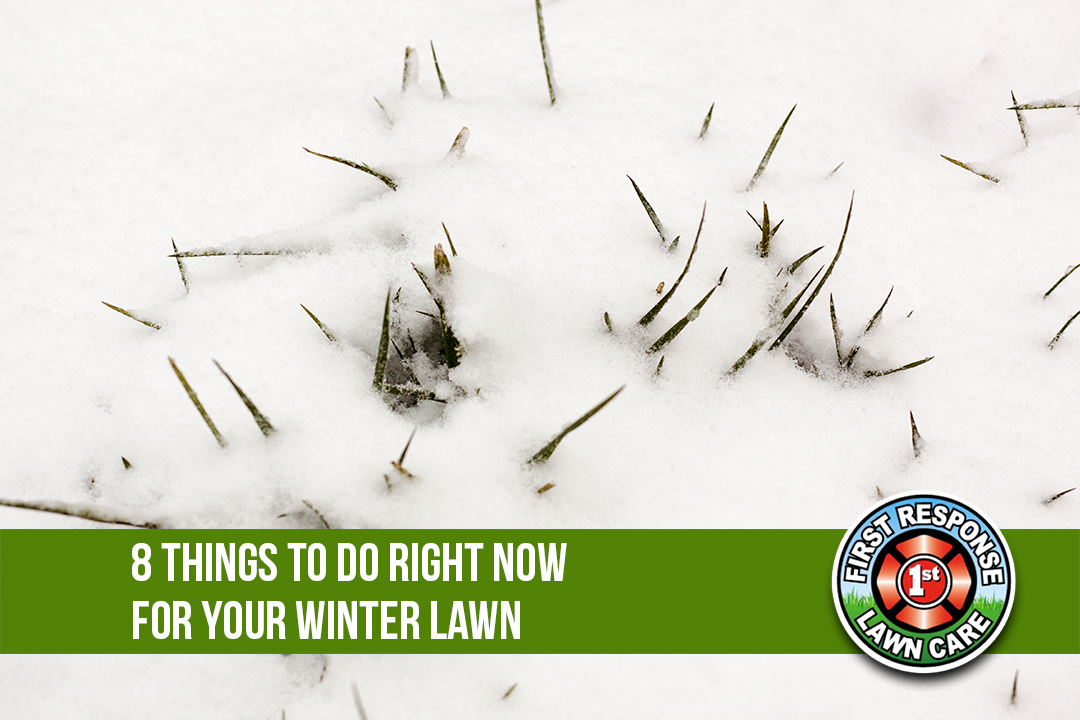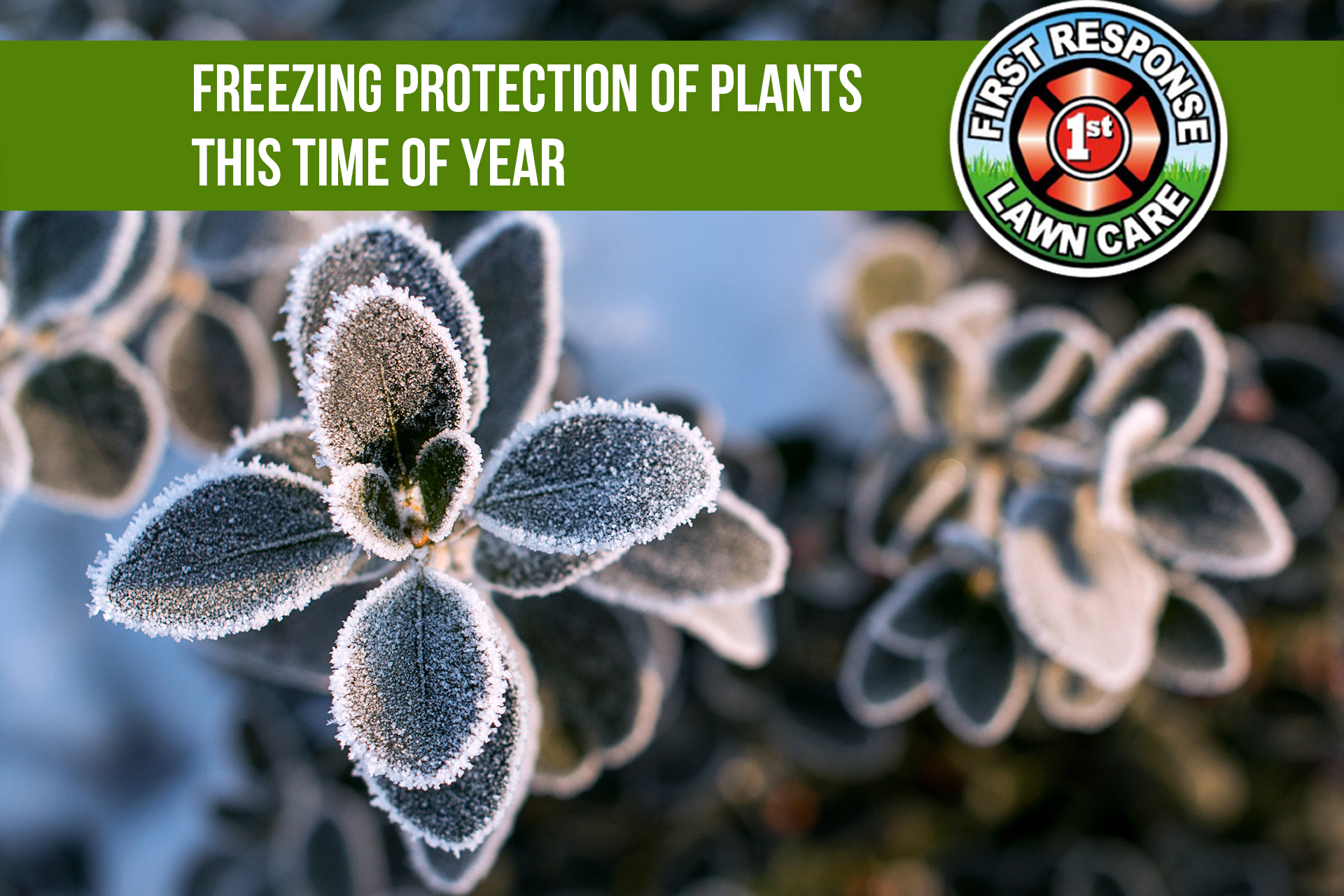
8 Things To Do Right Now For Your Winter Lawn
Here are 8 Things To Do Right Now For Your Winter Lawn. Texas’s warm humid climate and rich soil, is ideal for plant life. Gardens here show evidence of that.
With the first official day of Spring still over a month away, your attention may be focused mostly indoors. Even in the cold winter months, however, our lawns and gardens have specific needs. What may look dead and brown but is teeming with life just underneath the surface.
In order to reduce pests and ensure that your plants and grasses will thrive as the weather warms up, your Texas winter gardening regimen should include these essential steps.
TIPS FOR SUCCESSFUL TEXAS WINTER GARDENING.
Apply Pre-emergents
Now is the time to apply your pre-emergent on lawns and grasses to prevent the germination of weed seeds. The window of opportunity is open right now. Corn gluten meal is a great organic approach, but other herbicides can be purchased at your local nursery or home improvement store. Pre-emergent is a small step that yields BIG dividends in spring and summer.
Fertilize
If you haven’t done so already, fertilize all established trees and shrubs (except azaleas and camellias), and feed perennial bulbs. This can be done simultaneously with the pre-emergent. Your compost pile is perfect for this use, or check with your local garden center for recommendations.
Watch the weather
Historically, the coldest days of the year fall in the month of February. This does not come as great news to those of us yearning for the warmer weather, but gardeners should be on watch for a potential freeze all the way into the month of March. Make sure to water the roots well, and cover plants if temperatures fall below 32 degrees.
Pruning
This is the best time to prune shrubs, trees, and roses, but wait to prune spring flowering trees until after they bloom. Crepe Myrtles are the exception to this rule. Experts advise that crepe myrtles should never be pruned or can be pruned very gently.
Mowing
Mow your lawn once this month. This will allow the sun to reach the roots.
Clean up
Rake any fallen leaves, for the same reason. Grass roots need sunlight to germinate and begin the new growth cycle. Be sure to remove all debris and other encumbrances to growth. These leaves and other lawn debris can be put into the compost bin for later use as fertilizer.
Weeding
Dig weeds out by hand. There may only be a few, but soon they will become legion. Tackle the small job now, to avoid a larger one later.
Plant bulbs
Now is the time to plant later blooming bulbs and tubers such as dahlias, elephant ears, caladiums, and calla lilies. This is also the perfect time to plant strawberries.
Yes, it is cold outside. But if you want to have a beautiful landscape when spring comes, the time to begin is now.
Questions? Contact First Response Lawn Care by clicking the link below to ask about our expert services in all these areas!

